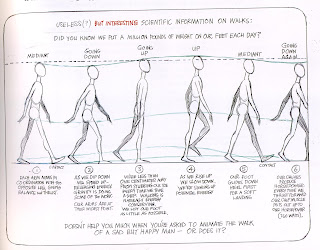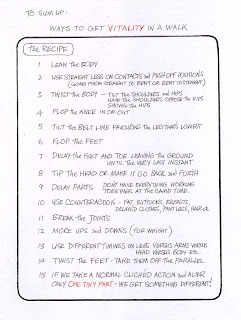Learning objective:
To familiarise with the Media Studies course.
Key terms:
Texts: Not just written but film is a text, radio is a text. Its what we call all media productions.
Convergent media: When more than one media form is is used for communicating a message.
Welcome to Media Studies.
You have chosen to study the fast changing world of modern media.
This course has been designed to equip you with the knowledge and skills to understand better how you interact with contemporary media as a user and importantly, to develop the skills needed to create your own media which can be used by an audience of your own.
The course is based around two activities; thinking about the media and making the media.
1. Thinking about the media
You will do this through textual investigations, whether in print, broadcast or the online environment.
You will write, talk about and present your investigations in a wide variety of ways.
2. Making the media
You will be active in making your own media by:
Researching texts and audiences
Visually researching
Storyboarding
Scripting
Planning layouts and displays for print and electronic media
Delivering presentations
Production
Making short films and/or animations
Making newspapers or magazines
Creating film posters and /or CD covers
Making web pages
Making podcasts
Editing your productions
Targeting them at audiences and users
Thinking carefully about the consequences for audiences of producing media
Reflecting on how you produced your own converging media texts.
Task 1: Using the handout provided, identify how often you consume media in any given week.
To familiarise with the Media Studies course.
Key terms:
Texts: Not just written but film is a text, radio is a text. Its what we call all media productions.
Convergent media: When more than one media form is is used for communicating a message.
Welcome to Media Studies.
You have chosen to study the fast changing world of modern media.
This course has been designed to equip you with the knowledge and skills to understand better how you interact with contemporary media as a user and importantly, to develop the skills needed to create your own media which can be used by an audience of your own.
What will I be studying?
The course is based around two activities; thinking about the media and making the media.
1. Thinking about the media
You will do this through textual investigations, whether in print, broadcast or the online environment.
You will write, talk about and present your investigations in a wide variety of ways.
2. Making the media
You will be active in making your own media by:
Researching texts and audiences
Visually researching
Storyboarding
Scripting
Planning layouts and displays for print and electronic media
Delivering presentations
Production
Making short films and/or animations
Making newspapers or magazines
Creating film posters and /or CD covers
Making web pages
Making podcasts
Editing your productions
Targeting them at audiences and users
Thinking carefully about the consequences for audiences of producing media
Reflecting on how you produced your own converging media texts.
Task 1: Using the handout provided, identify how often you consume media in any given week.







































